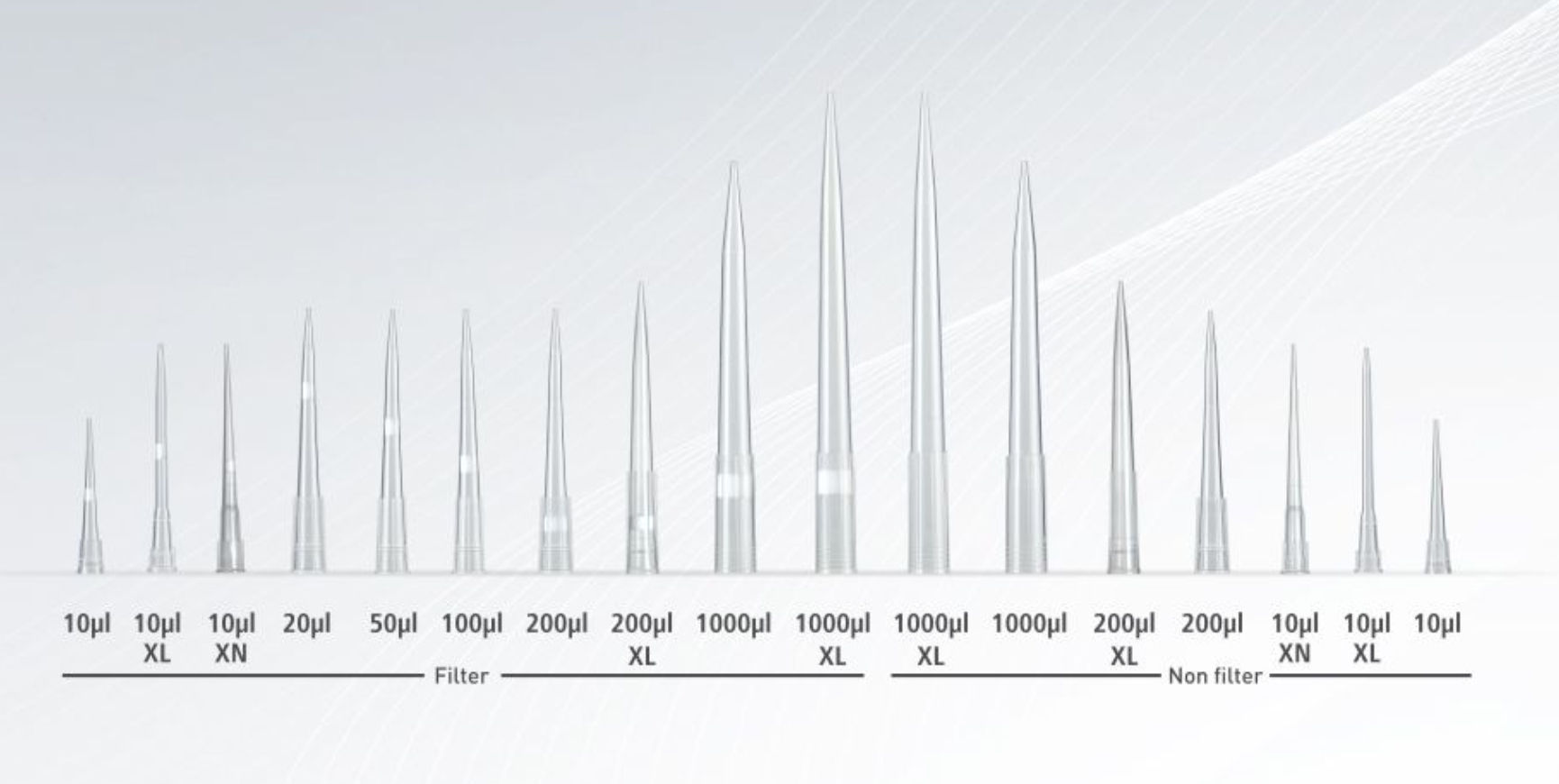The 5 Main Types of Pipette Tips:
Posted by Maxi Scientific on May 3rd 2023
Here are the 5 most-popular types of pipette tips on the market today:
Standard Pipette Tips: Standard pipette tips are the most commonly used type of pipette tip. They are made of polypropylene and come in different sizes and shapes to fit various pipettes. Standard pipette tips are suitable for general use, such as transferring solutions between containers and dispensing reagents. They are also affordable and disposable, making them convenient for routine experiments.
Low Retention Pipette Tips: Low retention pipette tips are specially designed to reduce sample loss and increase accuracy. They are coated with a hydrophobic material, such as silicone or fluoropolymer, which reduces surface tension and prevents liquid from sticking to the tip. This makes them ideal for working with viscous or foamy solutions, such as proteins, enzymes, and DNA. Low retention tips are also useful when working with expensive reagents or small sample volumes, where every drop counts.
Filter Pipette Tips: Filter pipette tips have a built-in membrane filter that prevents aerosol contamination and protects the pipette from liquids and aerosols. They are commonly used for PCR and other molecular biology applications, where even a small amount of contamination can affect the results. Filter tips also help to prevent cross-contamination between samples and reduce the risk of sample carryover.
Extended Pipette Tips: Extended pipette tips have a longer reach and are useful for reaching the bottom of deep tubes or containers. They are also helpful when working with viscous or foamy solutions, as they allow for a more accurate transfer of the sample. Extended tips are available in various lengths and shapes to fit different pipettes and containers.
Conductive Pipette Tips: Conductive pipette tips are made of conductive materials, such as carbon, which reduce static charge buildup during pipetting. This prevents sample loss due to electrostatic attraction, which is especially important when working with volatile or low-concentration samples. Conductive tips are also useful when working with sensitive samples, such as RNA or DNA, where even a small amount of static charge can affect the results.
Of course, there are other kinds as well, such as macro pipette tips, capillary pistons, etc., but those are generally used for VERY specific applications.
Need any help selecting which is best for your application? Call one of our sales reps today or shoot us an email! ???

